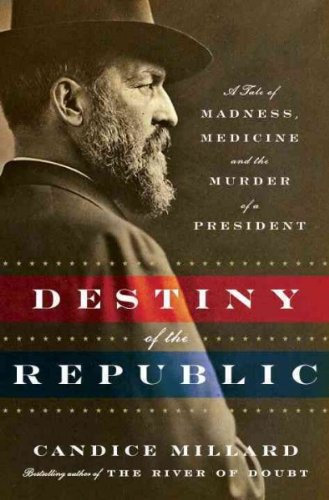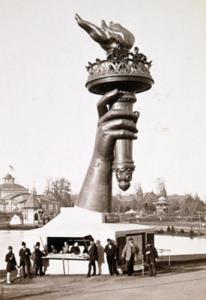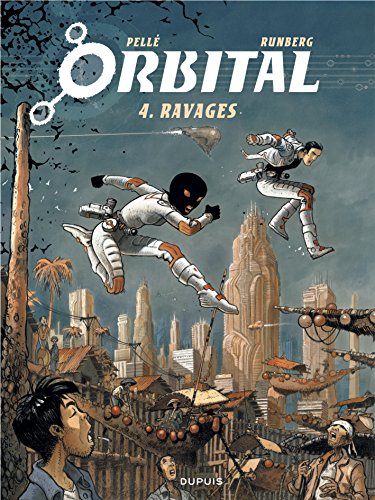Boy, there’s nothing better than having a book on your bedside table that’s only been read a quarter of the way through and you think about the book’s characters at odd moments — while paying bills, refilling your water bottle, sitting in a boring meeting, writing a business email — and you daydream about sliding into the sheets at the end of the day, propping up and reading until your partner/dog/cat has been sleeping for two solid hours, or until your head bobs you awake a few times and you finally give in and turn off the lamp, disappointed you’re closer to the last page.
I couldn’t wait to go quiet each day and snuggle in with Destiny of the Republic: A tale of madness, medicine and the murder of a President by Candice Millard.
Millard’s writing puts the reader in the train station with Garfield as his assassin approaches. I mean, who knew James Garfield was such a magnificent and magnanimous man? As I read about his election as president in 1881, which he didn’t even run for, and learned how well he treated people and what a kind and generous father he was, I became happy for him, his wife and children… and then sad for them all.
A great man loved by many on all sides, his wounding by an insane fellow who was on a quest from God is all the more horrific because Garfield lingered for two months after the assassination attempt, literally withering away, under the care of a narcissistic physician.
Millard’s fresh, clear narrative, written like a novel (only better because it really happened) reminds me of Erik Larson, who wrote Devil in the White City, also an excellent non-fiction book that I only stopped reading each night when it fell out of my hands.

In Destiny of the Republic, Millard includes Alexander Graham Bell because he worked feverishly to build a metal detector that he hoped would help the doctors locate the bullet lodged somewhere in Garfield. We first meet Bell at the 1876 Centennial Exhibition in Philadelphia when he is an unknown inventor showcasing his newest gadget, the telephone. Millard makes the reader feel as though he or she is at the giant fair, glimpsing the hand and torch of the Statue of Liberty, a piece sent from France for the exhibition ahead of the remaining statue.
We also learn about Lister, the British physician who created a sterilization process that most American doctors resisted for more than ten years.
Millard also wrote The River of Doubt, about Theodore Roosevelt’s exploration of the Amazon River in the early 1900s. I read it several years ago and kept it. Some books you just know you’ll read again and again. And even if you never read it again, just having it nearby feels comforting.
The real-life characters of James Garfield, Alexander Graham Bell and the egotistical doctor who was ultimately responsible for Garfield’s death were breathing in my bedroom every night, making me angry or grateful or disgusted. When the last page was finished, I closed the book and stared at the cover without really seeing it, building up the courage to say goodbye to the people and the late 1800s.
The book is still on my nightstand. I can’t bring myself to put it in the cabinet. Not just yet.
Share this:




